Louise Allerton: Artist Statement & Bio
Originally from Sydney and studying painting and printmaking at undergraduate level at the National Art School in the late eighties, I subsequently moved to the Northern Territory in order to explore a non-mainstream existence. A strong interest in Indigenous arts led me to a remote Aboriginal Community in the Western Desert, Western Australia where I lived and worked in Aboriginal Arts for almost two decades. Immersion in a cross cultural environment indelibly altered my world view, and provided a new and deeper understanding of the Australian landscape and cosmology. My artwork is an extension of this altered world view in which I have come to examine the nature and fluidity of meaning, materialism and materiality.
During the course of my recent post graduate degree specialising in photo media, my work transformed in aesthetic and articulated further the context that underpins the work. Experiencing a lengthy cross cultural engagement continues to impact my work, and provides me with an alternate way to view the boundaries of materiality, immateriality and transformation. My work has become abstracted and metaphoric, informed by life experiences and philosophical theory to some extent.
I began my research topic began by exploring the nature of objects and materiality in the context of the loss of a family member. In bereavement we struggle with the disappearance of presence, and try to displace this loss by maintaining a connection to the material objects that once occupied the intimate spaces of the deceased. I examined our perception that objects embody memory, that objects have agency, that affect us emotionally and pragmatically. In contrast across the Western Desert anangu (Aboriginal people), remove all material items of the deceased including ephemera such as hair, footprints, photo and audio media. I saw this initially as a further expression of the desert practice of material minimalism, and a non-accumulative tradition based on a historically mobile culture. Surprisingly however, from a western standpoint, anangu divest themselves of material so that a potentially wayward spirit will not recognise its former material possessions, including relatives who cut their hair short in order to be unrecognisable.
To understand materiality and the nature of the object in a western context, it was necessary to refer to both historical and contemporary arguments regarding ‘things’, including Immanuel Kant’s notion that objects are merely appearances that we perceive through space and time. Jacques Derrida extended this notion but argued that we understand objects through ‘signification’ and context. Derrida argued that things have varied meanings according to cultural constructs. Contemporary theorist Jane Bennett discusses things, objects and ‘stuff’ in terms of their number and sheer volume which is exceeding the life of the average human being, and in addition, as stuff having ‘agency.’ Bennet discusses the ecological implication of thing power implying that we need to respect stuff, before it turns against us.
Louise Allerton recently graduated from the National Art School again with a Master of Fine Arts, specializing in Photo media. Her past work has been exhibited in many National photo media awards including the National Photographic Portraiture Award, Canberra; the Ulrick Schubert Award, Queensland and Olive Cotton Award, Tweed Gallery, and Head ON, NSW.

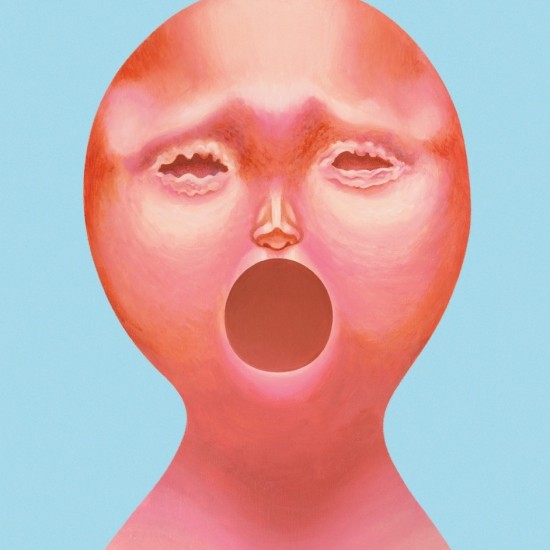
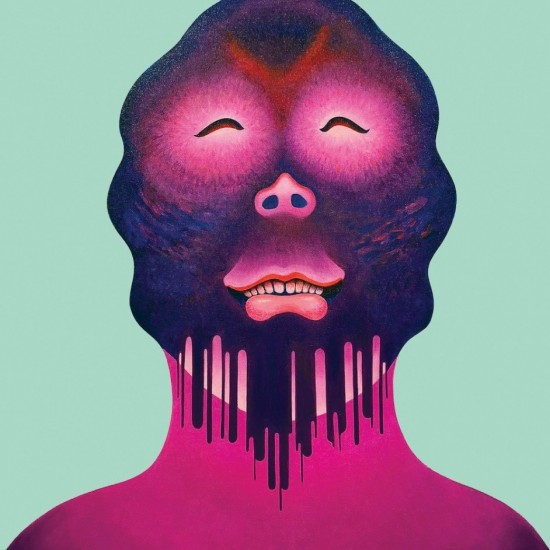
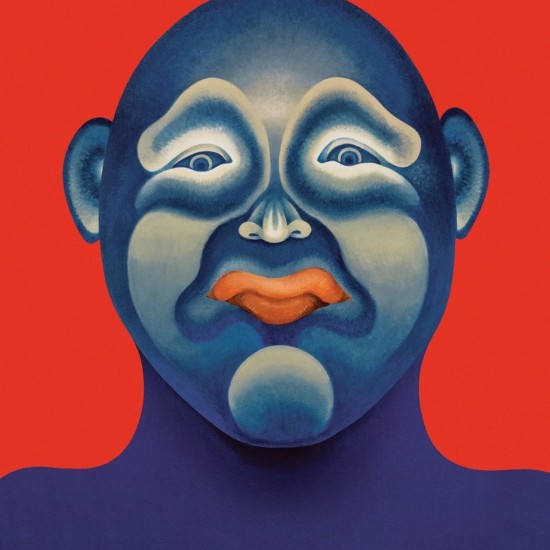
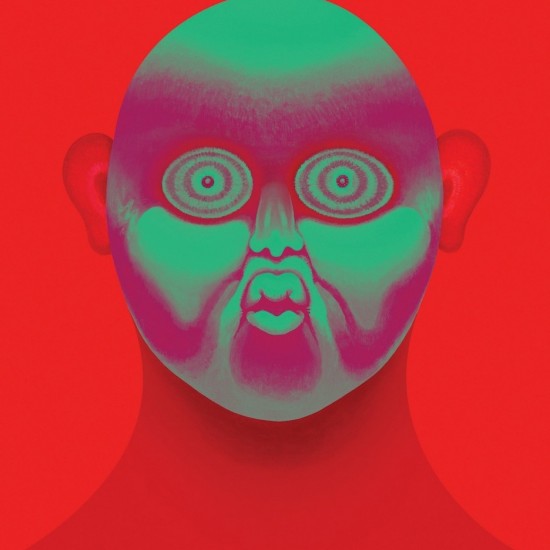
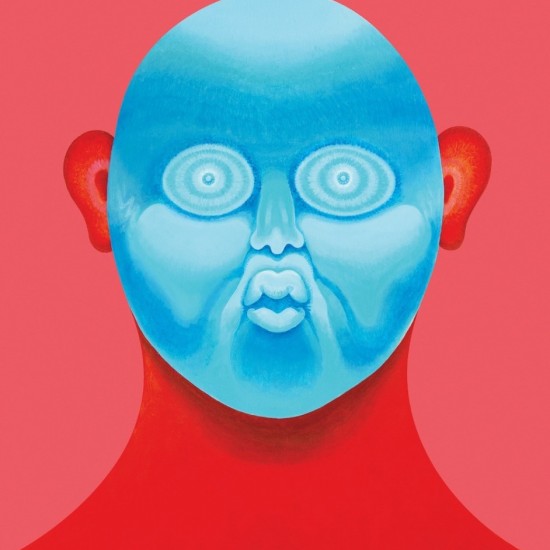
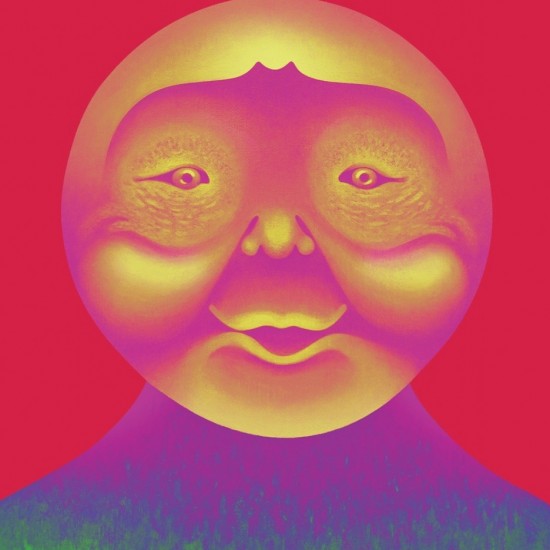
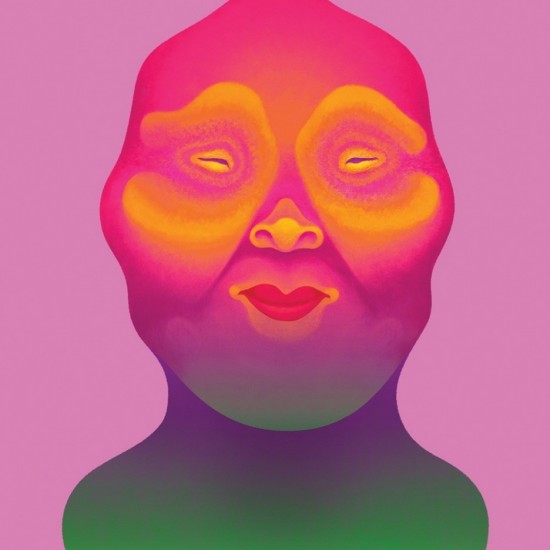
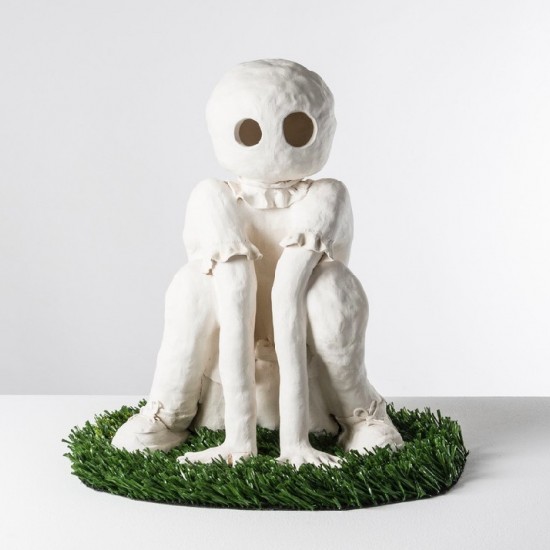
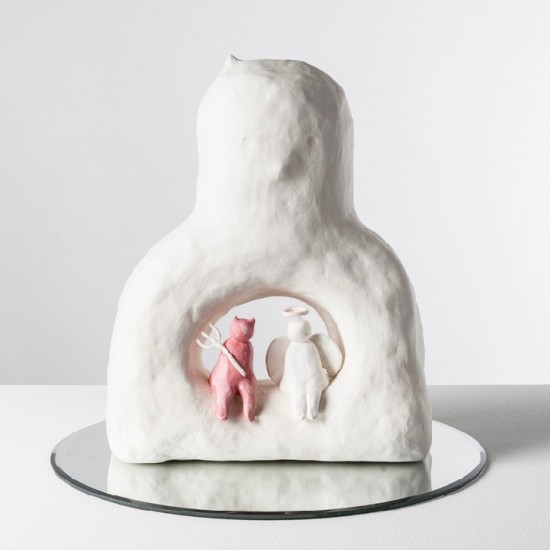
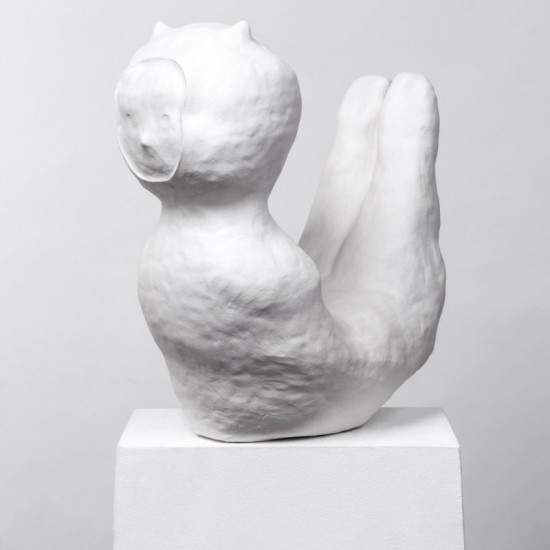
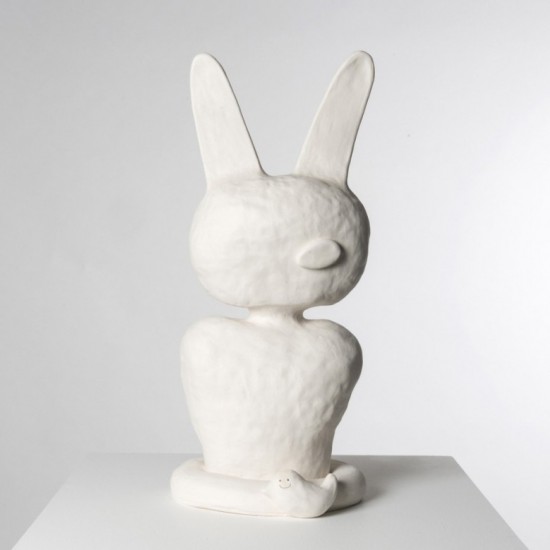
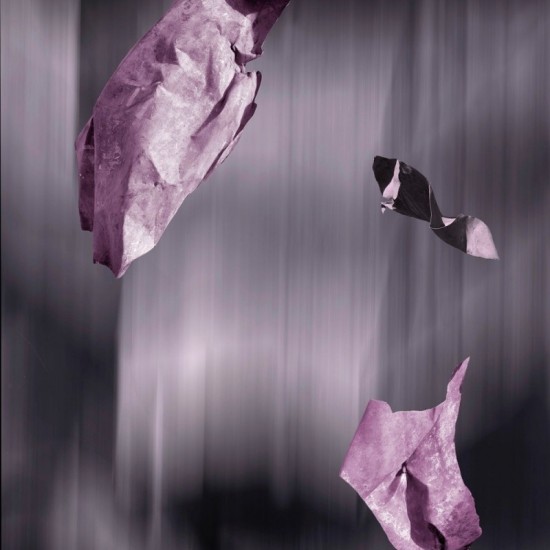
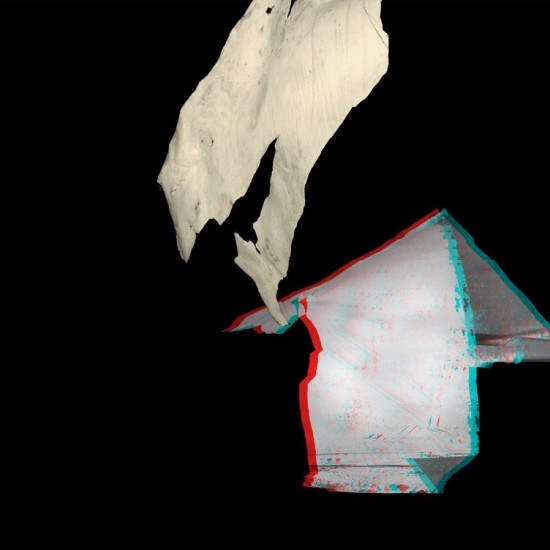
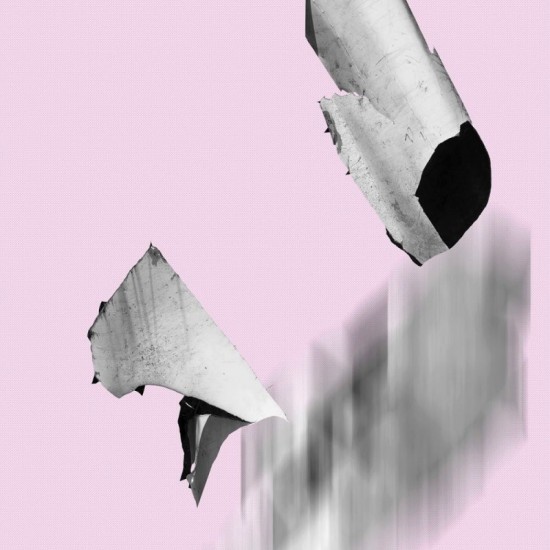
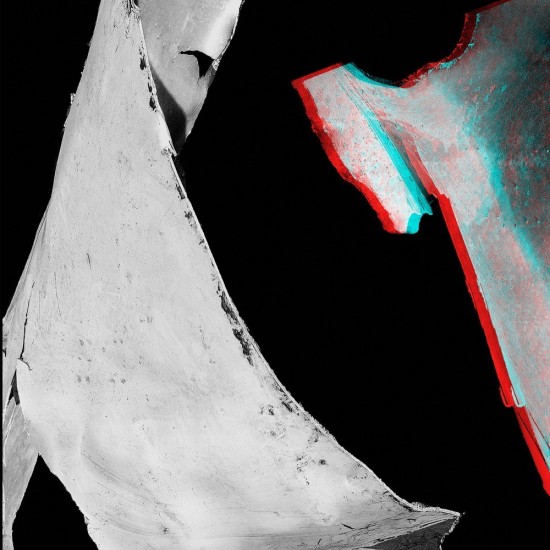
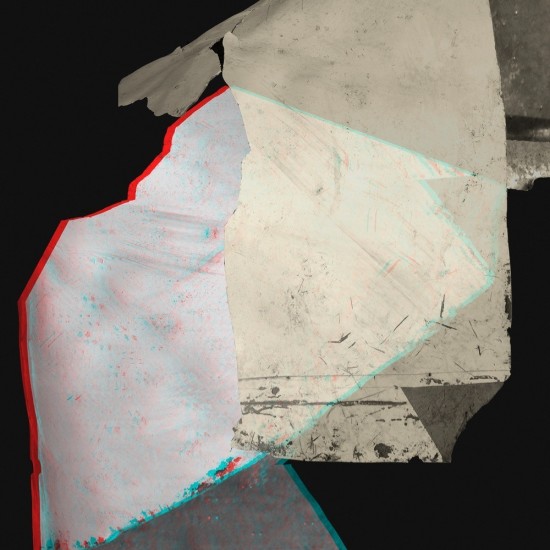
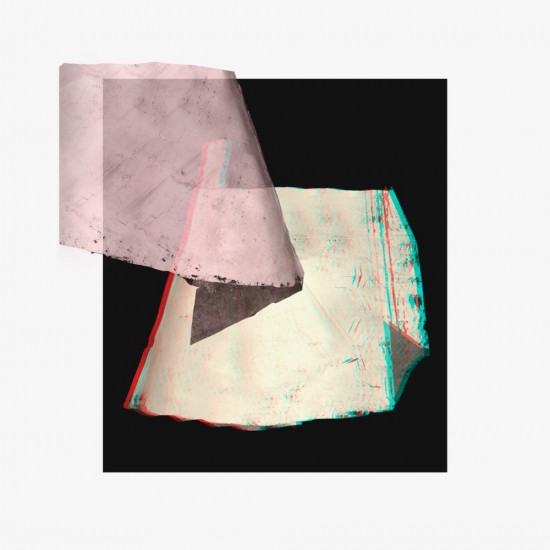
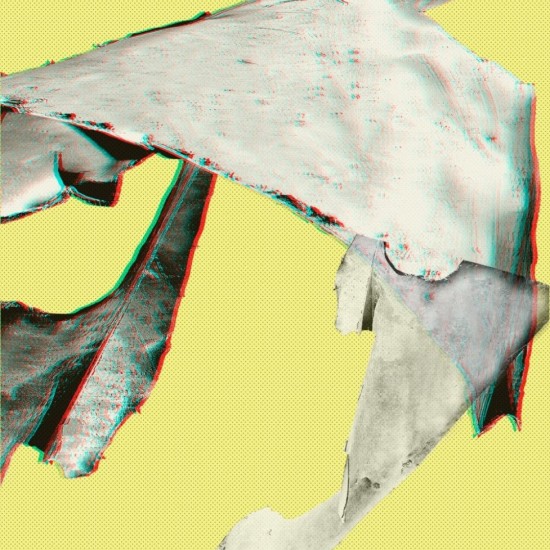
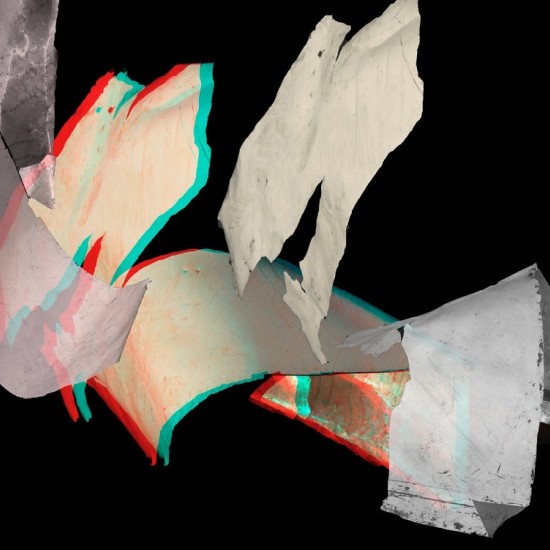
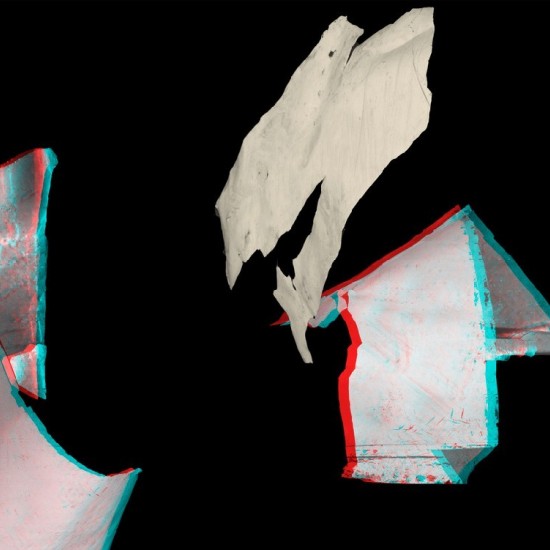





















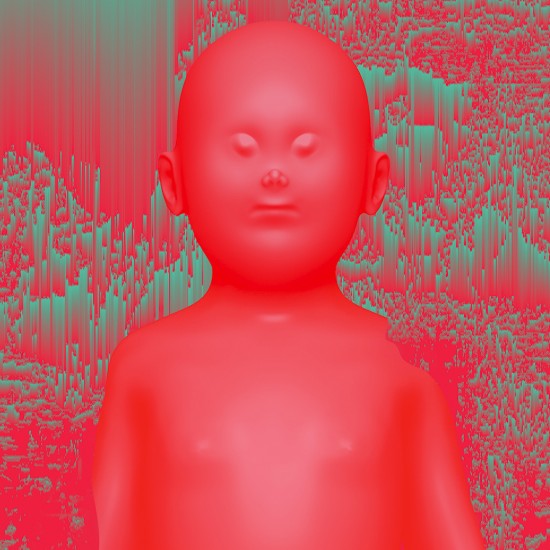
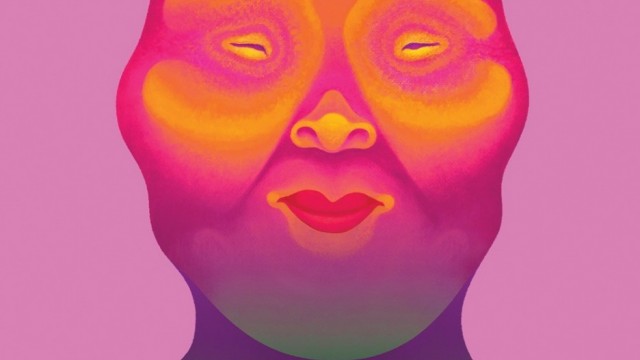

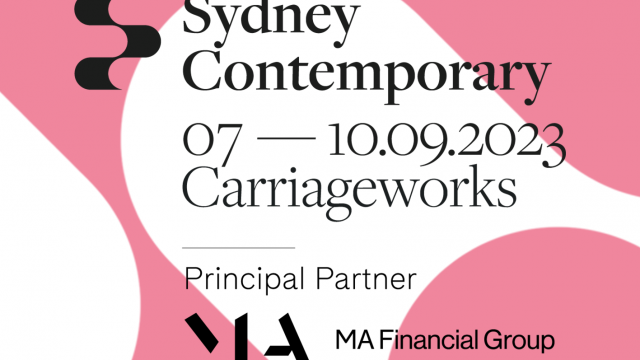
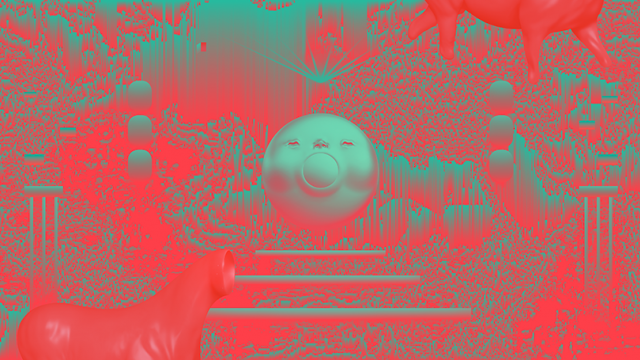
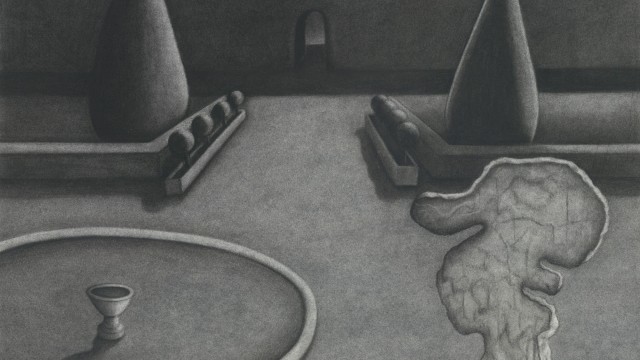
Agus Wijaya, Jimin Hong & Louise Allerton
Introducing 2019
February 2-24, 2019